May 18, 2025 | 23:46 GMT +7
May 18, 2025 | 23:46 GMT +7
Hotline: 0913.378.918
May 18, 2025 | 23:46 GMT +7
Hotline: 0913.378.918

Anise trees are mainly grown on hillsides in Bac Kan province, where the land is steep. Photo: Dinh Hoi.
The districts of Cho Moi, Na Ri, and Bach Thong in Bac Kan province have about 5,000 ha of anise cultivation. Anise growing in Bac Kan has experienced many ups and downs, with periods of drastic price drops causing many households to cut down their anise trees.
In recent years, with increasing market demand, anise cultivation in Bac Kan has revived, becoming a key crop in agricultural development and helping many households escape poverty and become prosperous.
These days, along the newly opened road from the People's Committee of Sy Binh commune (Bach Thong district) to the lush green anise hills, it's not difficult to come across scenes of people harvesting anise. From a distance, we can see women climbing the anise trees to pick the flowers.
Ms. Trieu Thi Tien has been married in Sy Binh commune for 14 years, during which time she has been closely involved with anise growing. Her family has an anise garden that has been cultivated since her grandparents' time, so the trees are now over twenty meters tall. Despite the difficult climbing and harvesting work, Ms. Tien has a stable source of income.
"Our family has nearly 1 ha of anise trees, most of which have been harvested for many years, with hundreds of trees over 30 years old. These long-standing trees produce between 30 and 40 kg of pepper flowers. With the current selling price of about VND 30,000/kg, each harvest brings in over VND 200 million for my family", Ms Tien happily shares.
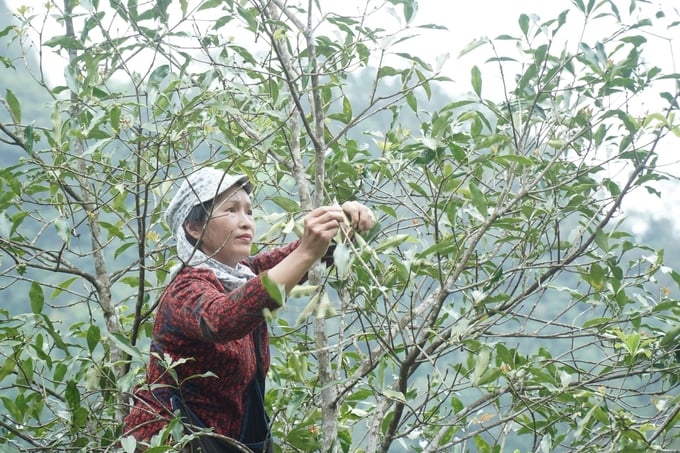
The anise tree has helped many people in Bac Kan province achieve stable incomes. Photo: Dinh Hoi.
Not far from there, Mr. Nong Duc Dien's anise garden is also in the harvesting season. Here, we admire anise trees that are nearly 100 years old. Although busy picking anise, when asked about these trees, Mr Dien enthusiastically introduces: "We don't know exactly which year this anise tree was planted. Since I was young, my grandfather used to take me to pick anise flowers from this tree, so it's been almost 100 years now", Mr Dien shares.
These ancient anise trees each year can yield about 2 quintals of anise flowers. Although harvest yields may decrease due to unusual weather conditions, they still reach at least one quintal.
Mr Dien said that in the past, anise flowers were not as valuable as they are now, but they still provided a regular source of income to buy food and clothes for the children, so people here have always taken care of them until now.
With nearly 1 hectare of anise trees, during the harvest season, Mr Dien harvests about 70 kg of anise flowers per day. With the current selling price of over VND 20,000/kg, his family earns nearly VND 2 million per day. This is not a small income for rural families.
Mr. Ma Van Toan, Vice Chairman of the People's Committee of Sy Binh commune (Bach Thong district), said that the commune currently has about 300 ha of anise trees, of which 250 ha have been harvested. Recently, the commune has actively promoted the care of existing anise forest areas, planting more in abandoned land areas, and replacing old trees to expand the area further.
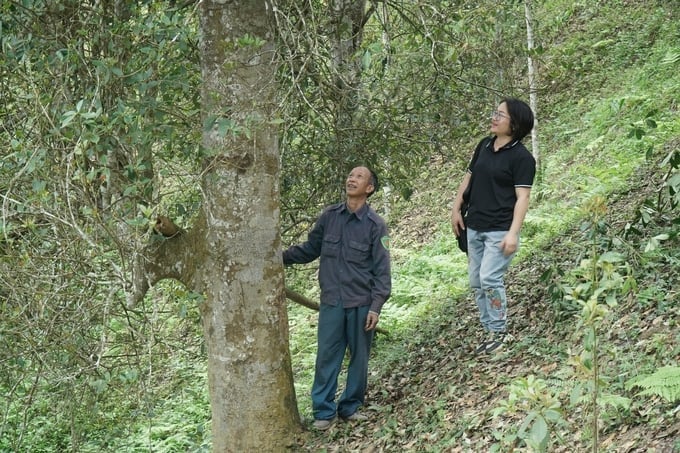
Mr. Nong Duc Dien (Sy Binh commune, Bach Thong district) next to the nearly 100-year-old anise tree of his family. Photo: Dinh Hoi.
In recent years, the selling price of anise flowers in Bac Kan has continuously remained high, ranging from VND 30,000 to VND 40,000/kg, with peak years reaching up to VND 70,000/kg.
Anise trees start yielding after 8 years of planting, and from the 10th year onwards, 1 ha of anise trees can yield up to VND 400 million per year. Being long-lived trees, once they start flowering, anise trees can continue to yield for dozens of years.
Currently, the anise flower output of Bac Kan province is quite large, but local people mainly sell them to traders, so prices fluctuate. There are no anise flower processing factories in Bac Kan province yet, so the value does not match its potential. Therefore, Bac Kan province is currently making efforts to attract businesses to invest in building anise flower processing factories to produce products such as anise flower essential oil, dried anise flowers,...
Translated by Hoang Duy
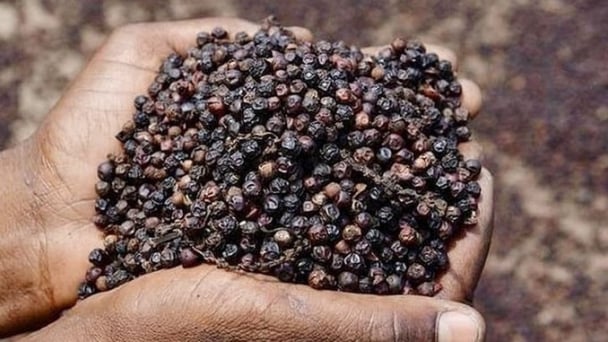
(VAN) Pepper prices on May 16, 2025, fluctuated by VND 500–1,000 domestically, trading at VND 151,000 – 152,000/kg. Global pepper prices remained stable.
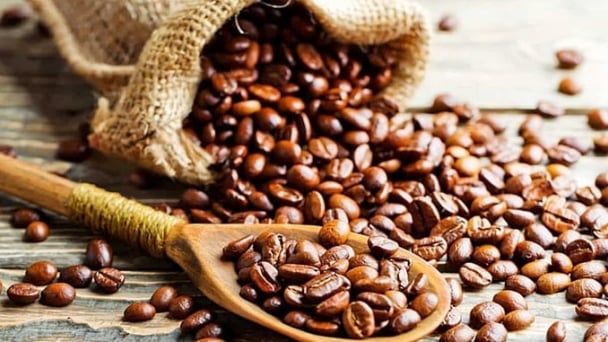
(VAN) Coffee prices on May 16, 2025, edged up by VND 200, trading around VND 125,900 – 126,200/kg. Meanwhile, global coffee prices are showing mixed movements.
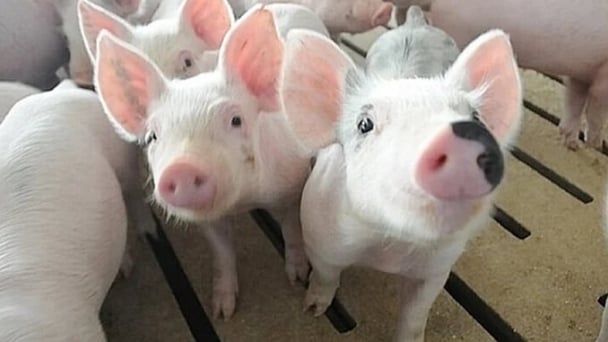
(VAN) Live pig prices on May 16, 2025, continue to remain flat. Live pig prices across the 3 regions are trading in the range of VND 67,000 to VND 75,000/kg.
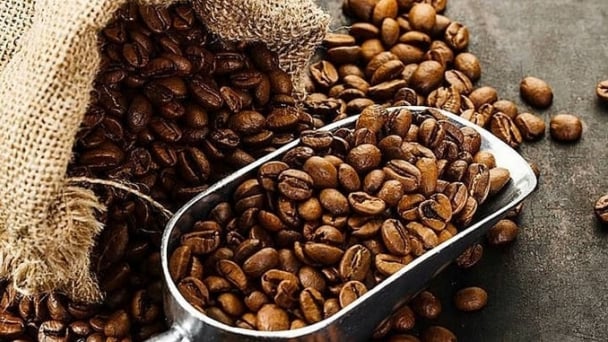
(VAN) Coffee prices on May 15, 2025, fell sharply by VND 2,500, trading at VND 125,700 – 126,200/kg. Global coffee prices also dropped significantly by 3%.
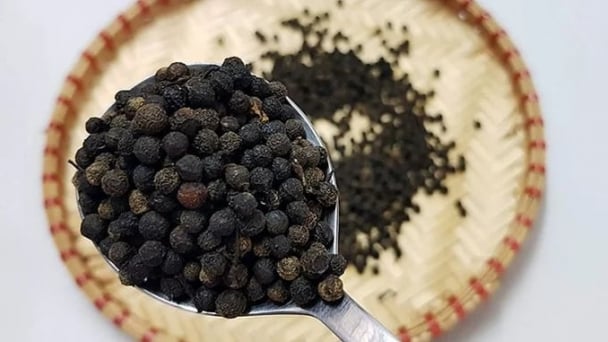
(VAN) Pepper prices on May 15, 2025, remain unchanged domestically, trading at VND 151,000 – 152,000/kg. Meanwhile, global pepper prices show mixed movements.
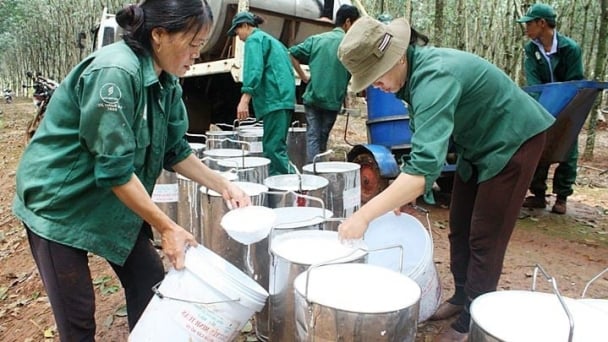
(VAN) Rubber prices on May 15, 2025, rise across global markets. Meanwhile, domestic latex prices remain steady, ranging from VND 397 to VND 462/TSC.
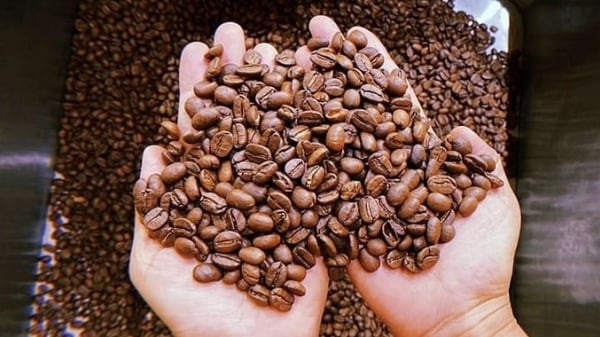
(VAN) Coffee prices on May 13, 2025 decreased by VND 1,200, trading around VND 125,500 – 126,000/kg. Global coffee prices also fell sharply.